Last updated on March 22, 2024
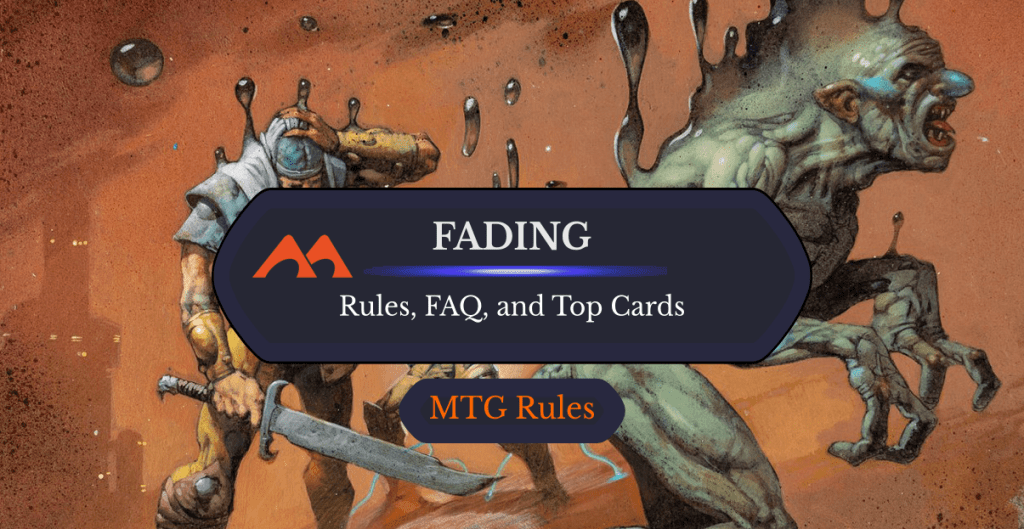
Parallax Wave | Illustration by Greg Staples
In the midst of the Masques block was Nemesis, a 143-card set that introduced the fading keyword to Magic. This was the only new mechanic introduced during the Masques block, and it would never return.
How does fading work? Why don’t we get cards with fading anymore? Step through the veil with me back to the turn of the century and welcome the ephemeral permanents of Nemesis.
How Does Fading Work?
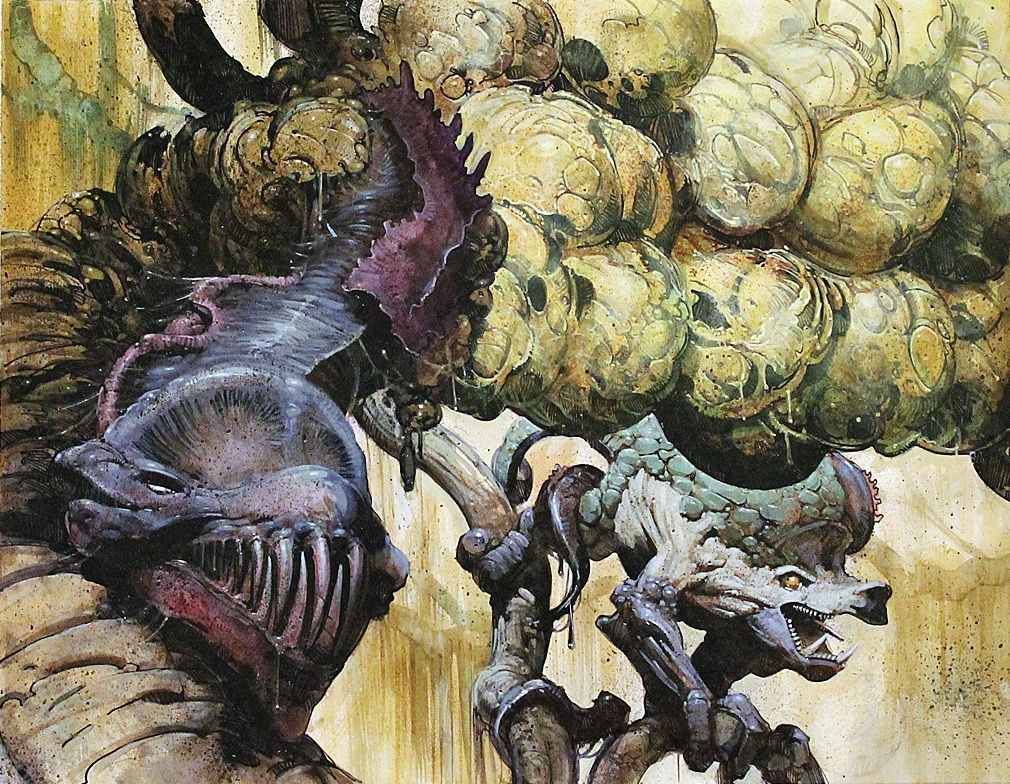
Saproling Burst | Illustration by Carl Critchlow
Fading is a keyword that limits the number of turns a permanent can remain on the battlefield, and it’s actually two abilities. “Fading N” means “this permanent enters the battlefield with N fade counters on it” and “At the beginning of your upkeep, remove a fade counter from this permanent. If you can’t, sacrifice the permanent.” The first ability is a static ability: It happens as the creature enters the battlefield, not after. The second ability is a triggered ability because it uses the timing signifier, “at the beginning of your upkeep.”
Fading differs from its successor vanishing in a few key ways. Importantly, fading creatures aren’t sacrificed until you can’t remove any more counters, rather than after the last one is removed. Fading also uses “fade counters” rather than the “time counters” it would eventually be replaced with in Time Spiral. Time counters have a number of other cards that can interact with them, while only Parallax Inhibitor interacts directly with fade counters.
The History of Fading in MTG
2000’s Nemesis set, the first small expansion after Mercadian Masques, saw the first fading cards printed. This group of 17 cards would also be the last black-bordered fading cards ever printed. One final card was printed with fading, and it’s the Unhinged card Old Fogey.
Fading was an early foray into the concept of permanents with a timer. Undercosted creatures like Blastoderm were great value for their cost, but there was just no guarantee they’d stick around longer than their fading value. This makes for interesting play patterns where your opponent is forced to consider how to play their removal. Is it worth shooting that Woodripper with your Snuff Out? How much damage could that Ancient Hydra really do if left unanswered? The fading cards made for a battle of wits when determining target priority or anticipating your opponent’s next move.
Fading never made a return after Nemesis. The mechanic was considered unintuitive by the developers and players alike, and it was replaced with vanishing in Time Spiral. Players were often confused whether the permanent was sacrificed when the last fade counter was removed or on the following turn. In fact, Blastoderm was effectively planeshifted into the card Calciderm.
Fading vs Vanishing
Fading was replaced more or less by vanishing in Time Spiral. Whereas fading permanents are sacrificed when you can no longer remove fade counters, vanishing permanents are sacrificed when the last time counter is removed. Vanishing skips the one-turn delay of fading and instead sacrifices the permanent a turn earlier. Usually, their mana cost or number of time counters accounts for losing the creature sooner.
Note that vanishing uses time counters, a type of counter that a lot more cards can interact with than fade counters. The focus on time counters in the Time Spiral block included a ton of cards that modify the number of time counters on suspended spells or permanents in play.
Is Fading a Triggered Ability?
Half of fading is a triggered ability. The cue to remove fade counters triggers at the beginning of your upkeep, but the permanent entering the battlefield with the fade counters is a static effect and can’t be specifically responded to (you can still respond to the actual permanent spell on the stack, of course).
Can You Proliferate Fade Counters?
Yes! Fade counters are a type of counter and can be proliferated via any effect that instructs you to proliferate. This is the perfect strategy to keep those fading permanents around a little longer or to get extra activations on your Parallax Tide.
Do Fade Counters Return When You Blink A Permanent?
Fade counters reset when you blink a permanent with fading. The permanent re-enters the battlefield as a “new” permanent, and its static effect puts the original number of fade counters on it when it enters.
Can Fade Counters Be Removed in Other Ways?
Fade counters can be removed by anything that could remove counters. Vampire Hexmage could remove all the fade counters from a Skyshroud Behemoth. Note that the fading creature won’t be sacrificed until the controlling player’s upkeep, when they’ll be unable to remove a fade counter.
Do Counter Doublers Work with Fading?
Yes! Cards like Doubling Season double the number of fade counters a permanent enters the battlefield with. This is an excellent strategy to keep those fading effects on the board long enough to cause some damage.
Note that many counter doublers specifically reference +1/+1 counters, so Doubling Season and Vorinclex, Monstrous Raider are the only doublers that’ll get you twice the fade counters. No Primal Vigor, no Anointed Procession, just these two expensive lads.
Gallery and List of Fading Cards
White
Blue
Black
Red

Green
Colorless
Best Fading Cards
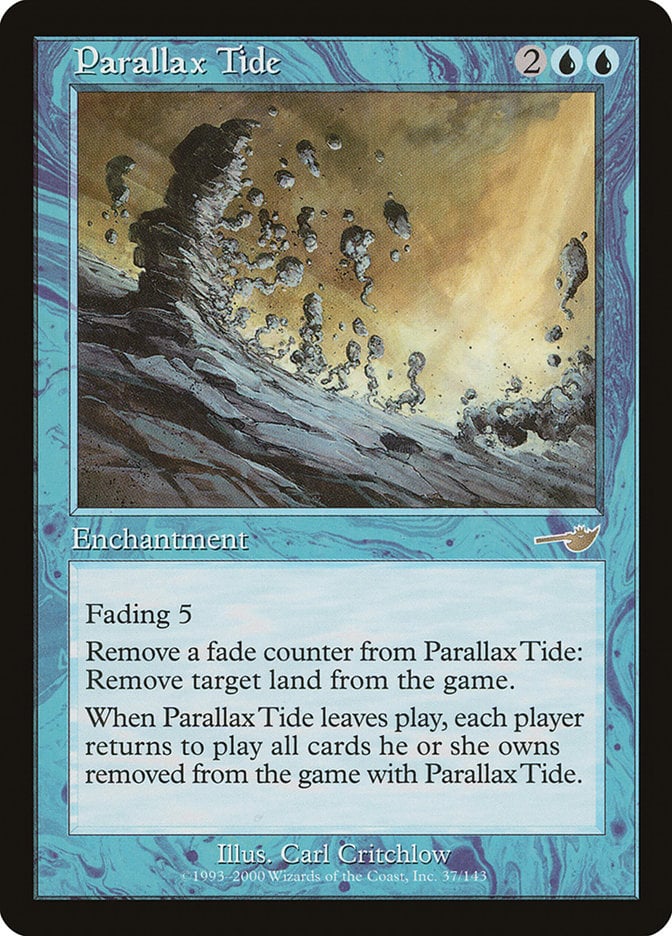
Just because fading’s been replaced doesn’t mean it doesn’t have any play in contemporary MTG. Parallax Tide remains one of the most potent land-removal cards in the game. For a pittance of 4 mana, you can remove four lands instantly from your opponent’s board, denying their access to mana at least until your following upkeep.
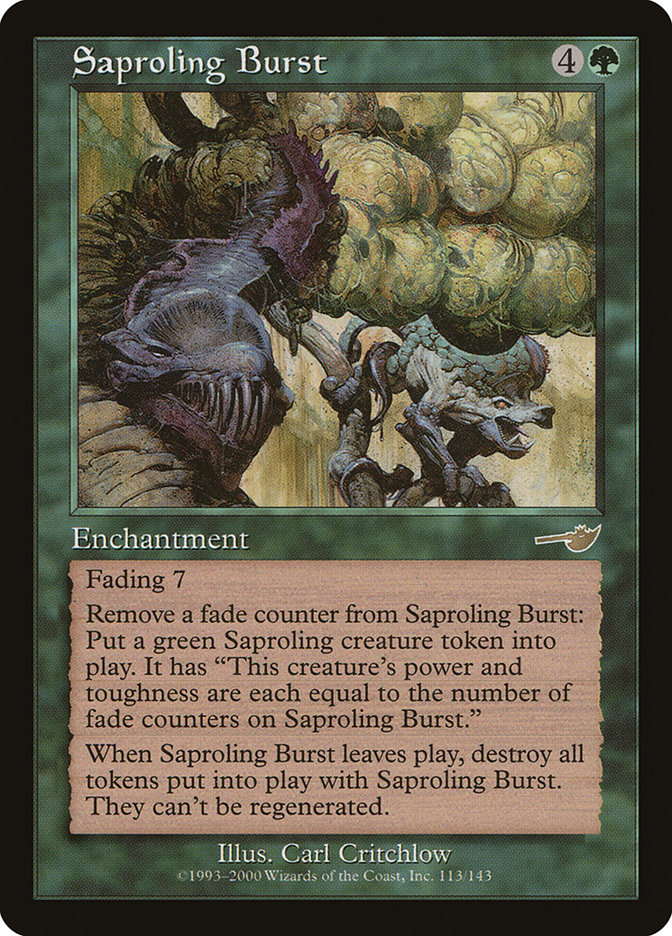
Next is Saproling Burst. At 5 mana, you’re already getting access to a 6/6 Saproling token during tour opponent’s turn, and you’ll have more than enough time to split these saprolings into smaller creatures to spread out around your opponents’ blockers.
Both cards get much better when you can double-up and proliferate those fade counters.
Decklist: Double Fade for the Kitchen Table

Parallax Tide | Illustration by Carl Critchlow
Creature (10)
Blastoderm x4
Cloudskate x3
Evolution Sage x3
Instant (5)
Experimental Augury x3
Unbounded Potential x2
Sorcery (8)
Expand the Sphere x4
Idyllic Tutor x4
Enchantment (11)
Doubling Season
Parallax Tide x3
Parallax Wave x3
Saproling Burst x4
Artifact (2)
Tangle Wire x2
Land (24)
Forest x5
Island x5
Plains x4
Razortide Bridge x2
Tanglepool Bridge x2
Terrain Generator x2
Terramorphic Expanse x2
Thornglint Bridge x2
Fading is a little hard to build around for competitive play, but it makes an excellent theme for a casual Constructed deck. This fading deck focuses on the best fading cards to control the battlefield while it builds up a board. Then, you’ll use permanent Blastoderms and your Doubling Season/Saproling Burst combo to hit the field with a ton of huge Saproling tokens.
Tangle Wire and Parallax Tide and Parallax Wave can slow the game to a halt, and we’ll keep those stax-y effects on the field by proliferating them with Unbounded Potential and Experimental Augury. The big finisher is hitting Saproling Burst with your Doubling Season on the field. Two different 5-drops might seem like a heavy investment for a control deck’s finisher, but remember that you’ll have locked your opponents out of doing anything while you have your Parallax enchantments on the field.
Given that most have never been reprinted, the playable fading cards can run a little expensive, so to counteract that this deck only runs one single Doubling Season and prays you’ll have time to tutor it up with Idyllic Tutor.
Wrap Up

Cloudskate | Illustration by Carl Critchlow
Fading may have faded into our collective memory, but it left a mark on Magic that’s undeniable. Many mechanics end up as drafts of later ones, but that shouldn’t make them any less valid. Fading has a unique counter and some interesting interactions that distinguish it from similar mechanics. I hope to someday see fading return with some more direct interactions, or in a set built around using proliferates to keep fading permanents on the field. Maybe we’ll even get Mercadian Masques Remastered sometime soon!
What do you think of fading? Is it better or worse than vanishing? How would you fit fading into a future set? Let me know in the comments, or over on Draftsim’s Twitter/X.
Thanks for reading!
Follow Draftsim for awesome articles and set updates: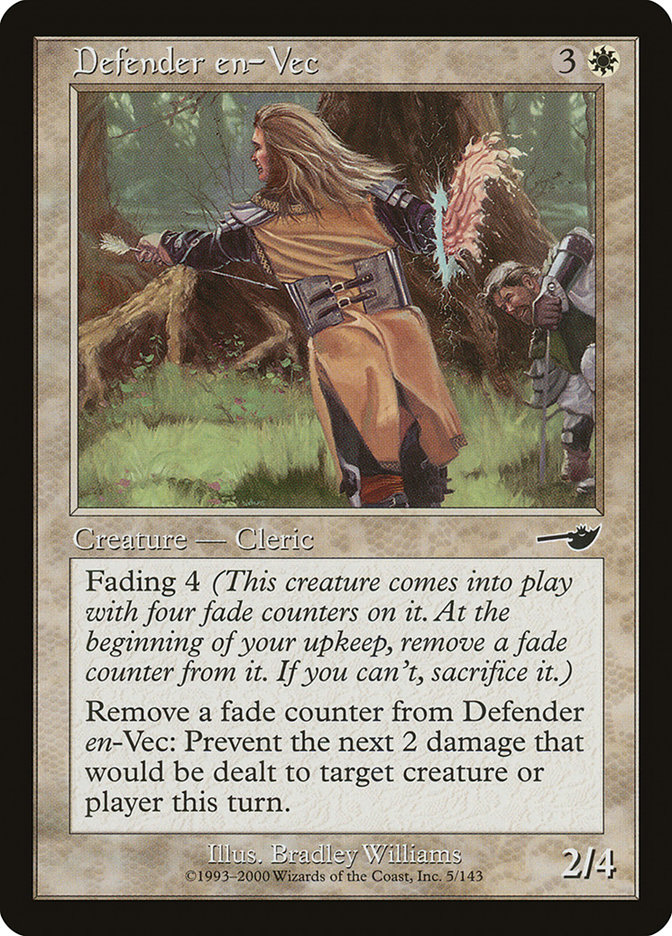
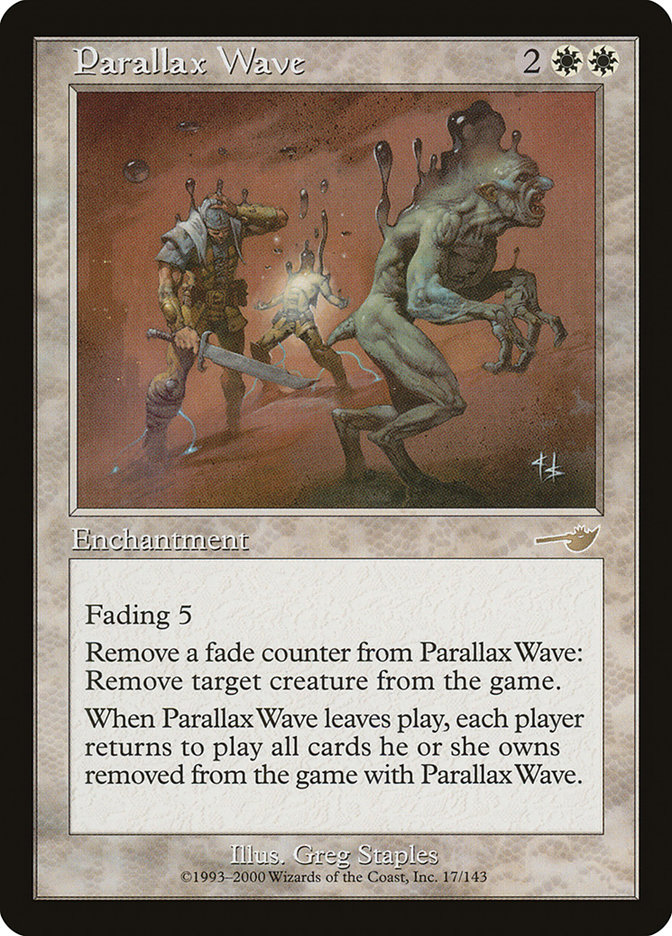
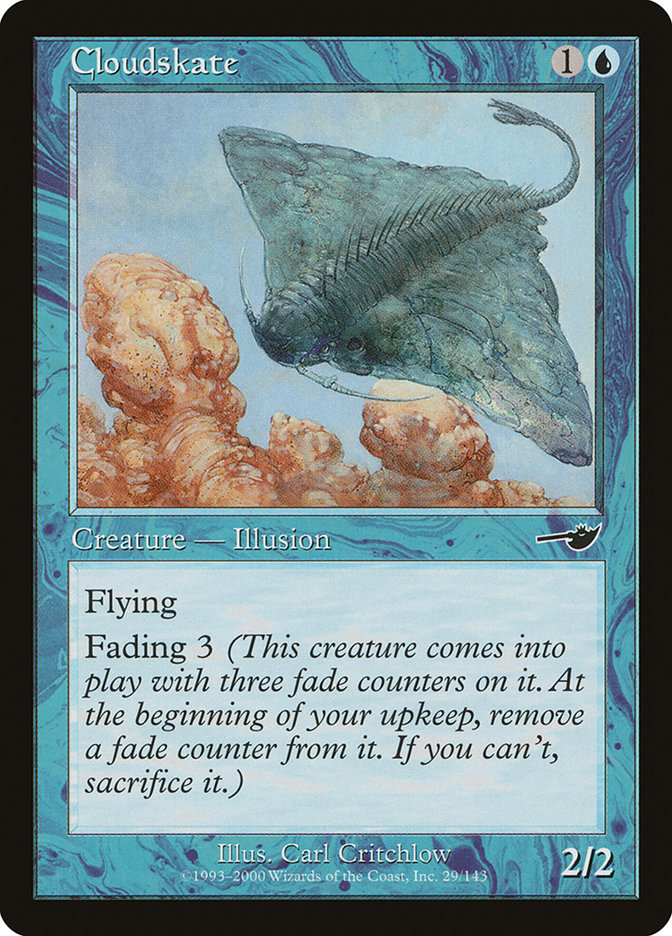
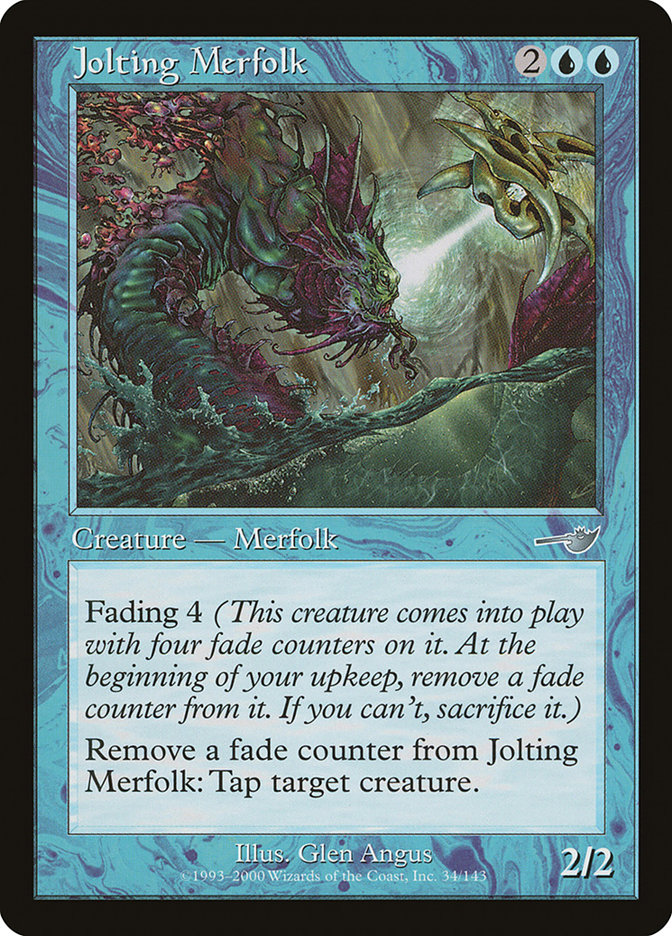
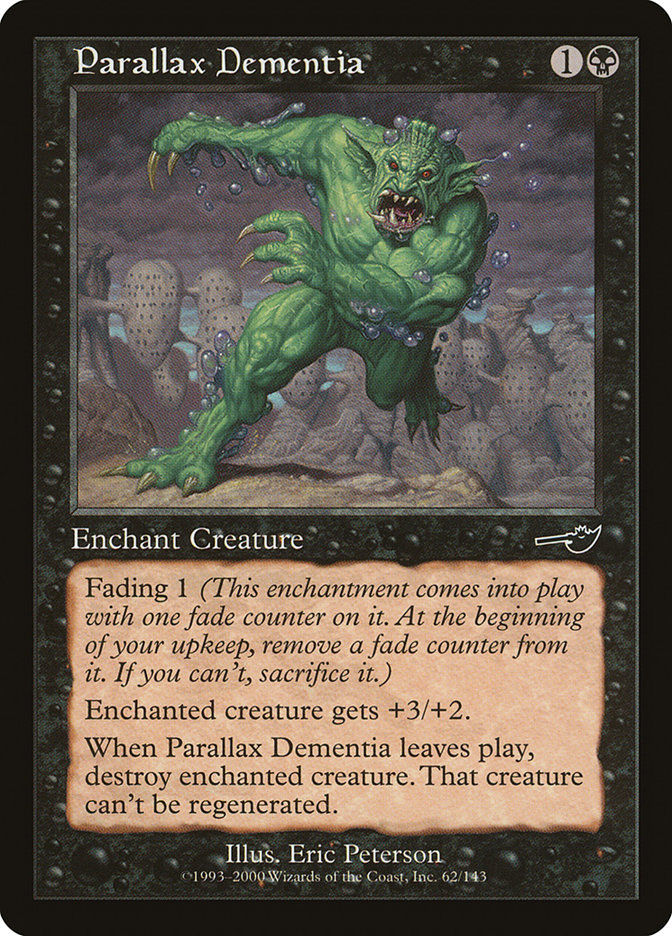

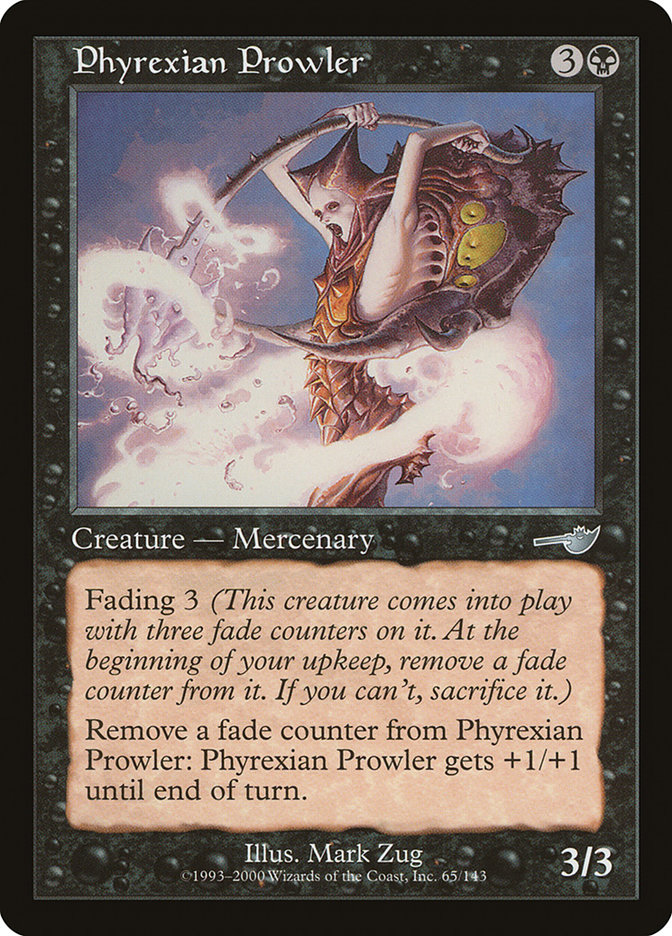


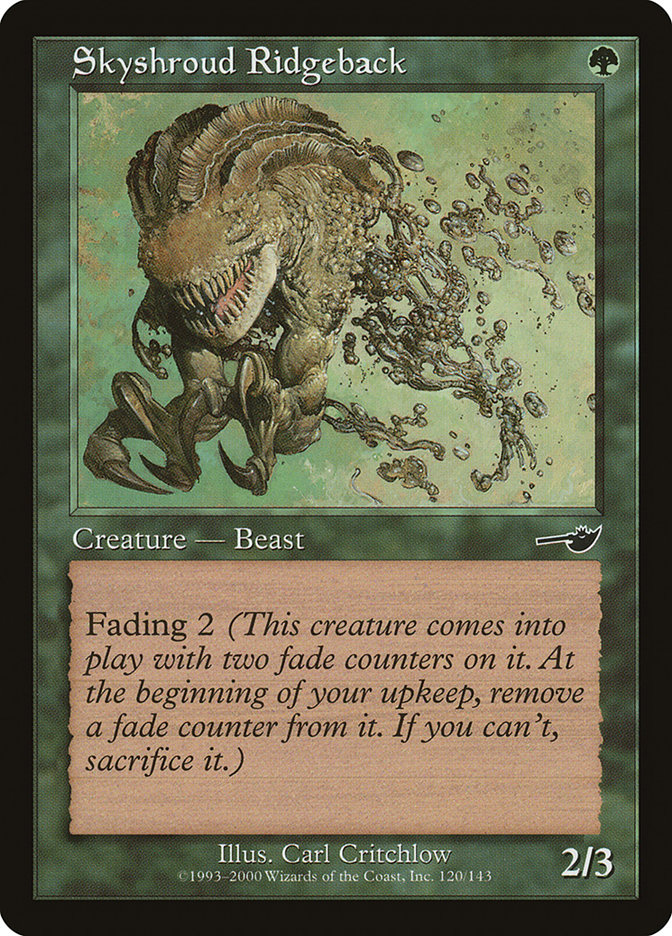
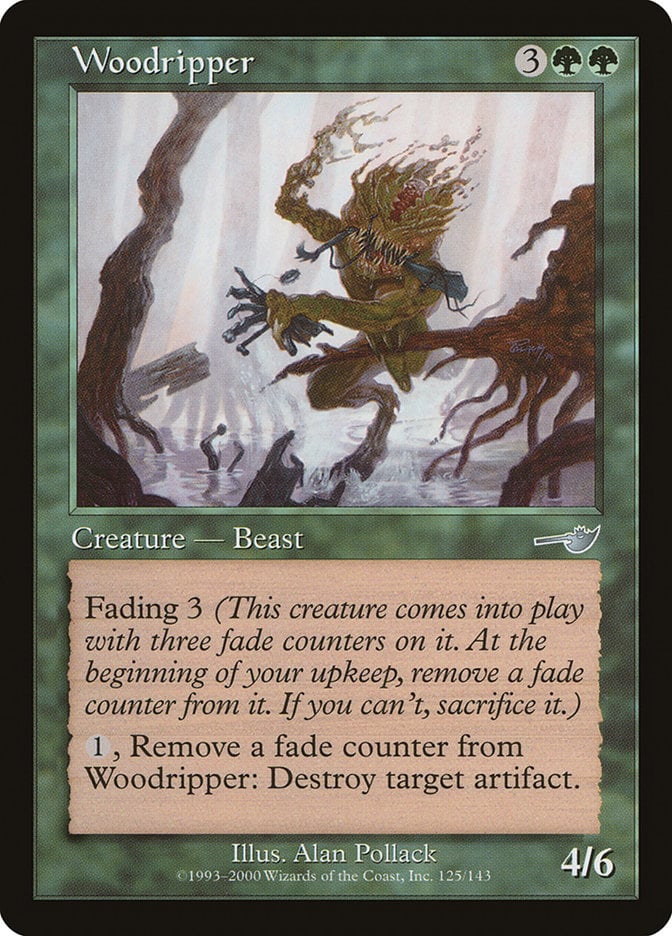
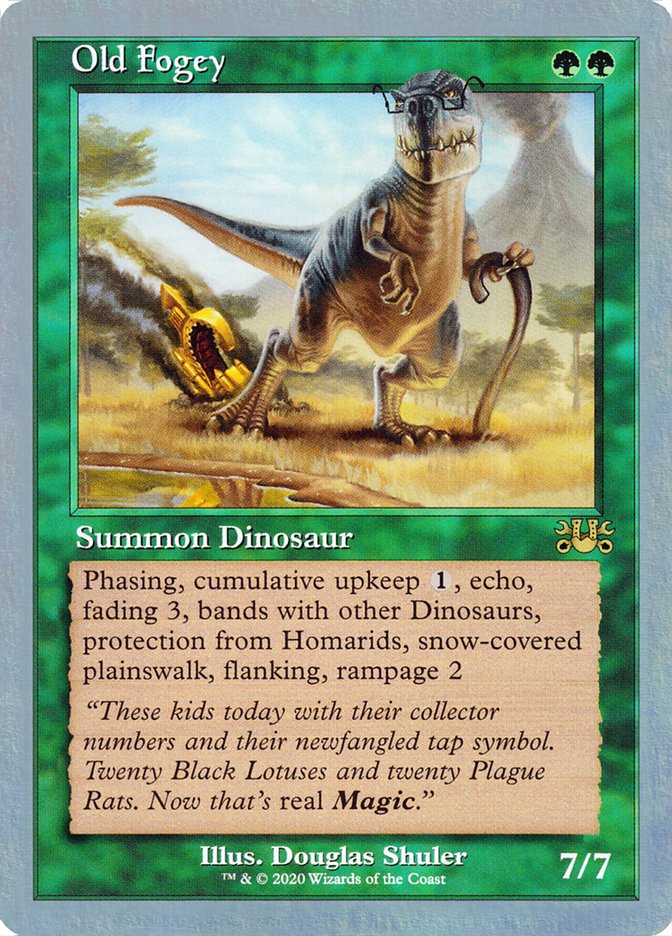
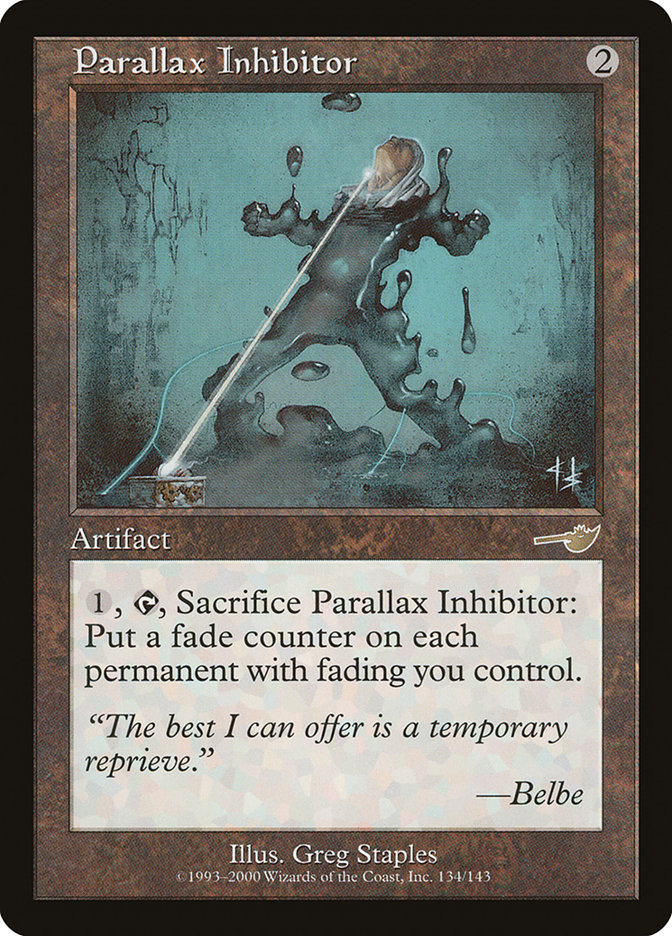





Add Comment